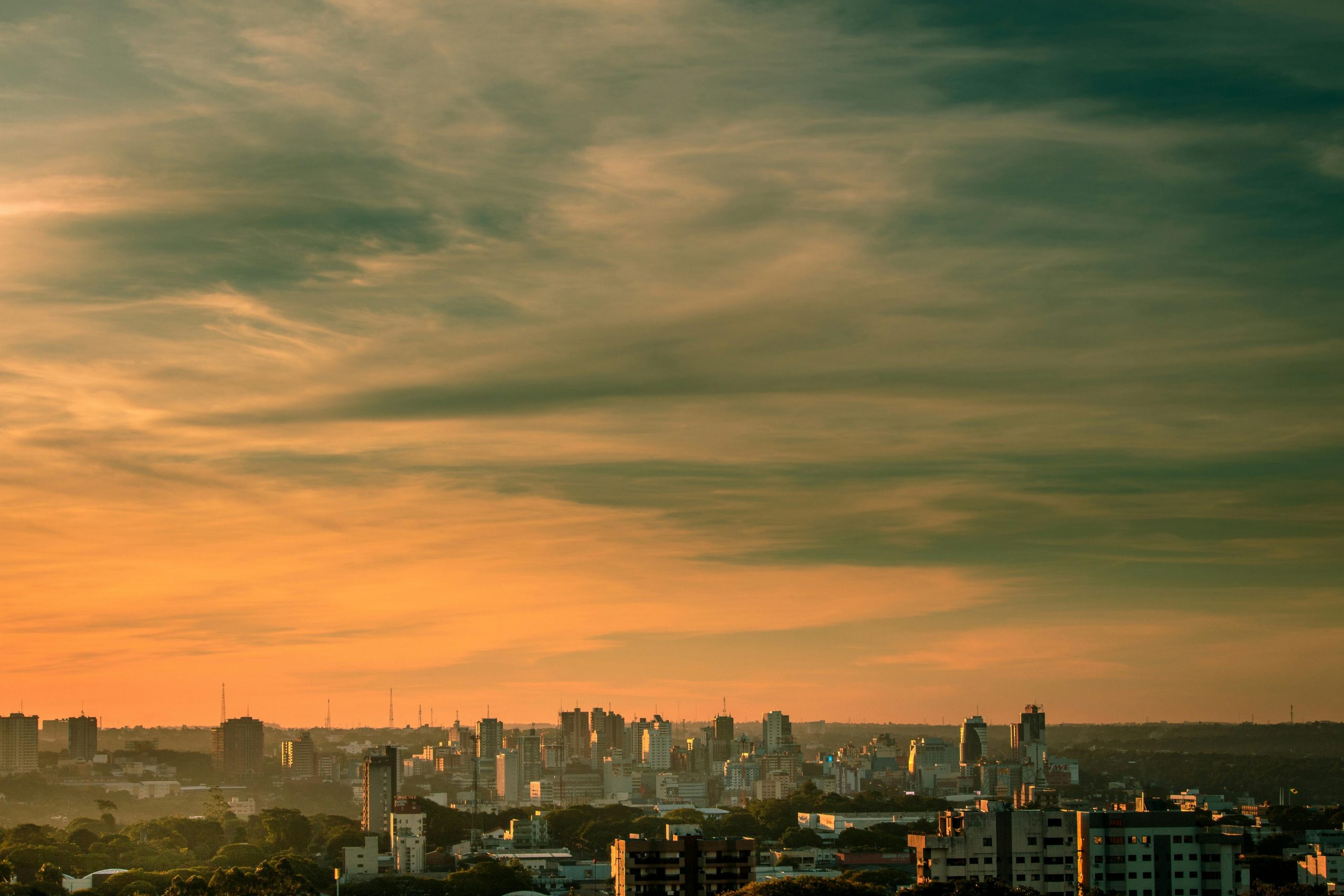Fashion
ReFash Exhibition: Fashion Through Sustainability – The Garnette Report

ReFash Exhibition: Fashion Through Sustainability
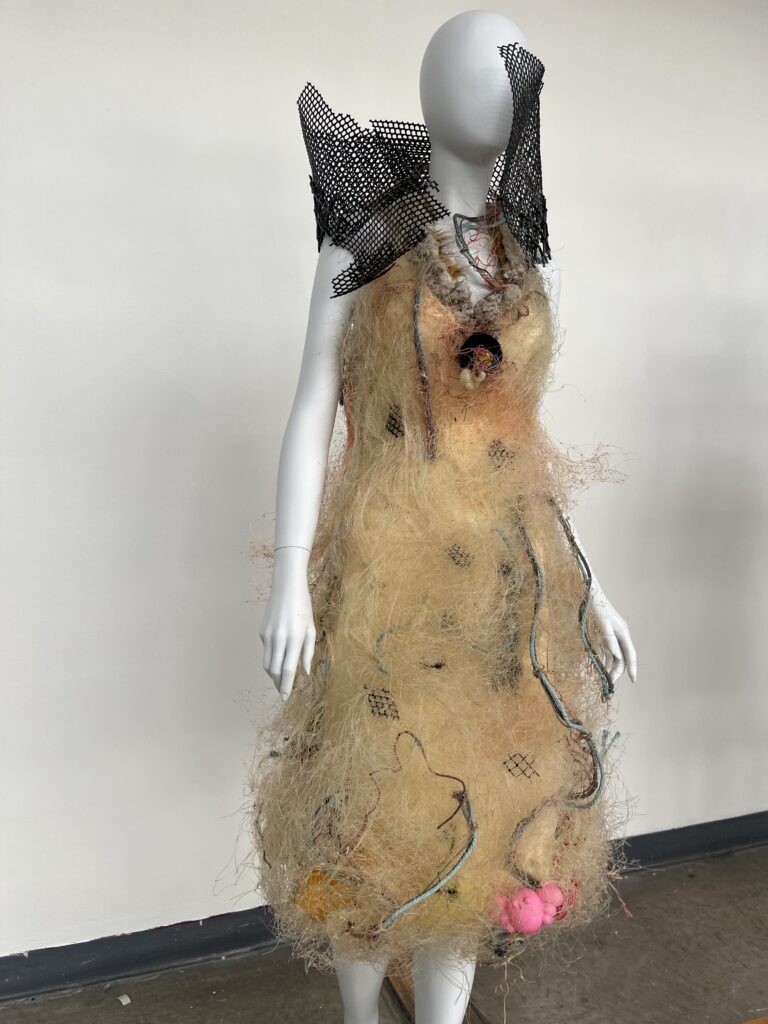
In the vibrant fashion world, where creativity meets conscience, a groundbreaking exhibition challenges the boundaries of sustainability and style. ReFash, curated by Barbara Kavchok, is more than just a display of garments—it’s a bold statement against the fast-fashion industry’s environmental impact. From April 22 to July 7, 2024, the Crayola Gallery at the Banana Factory hosts this transformative showcase, inviting visitors to explore the intersection of fashion, sustainability, and innovation.
At the heart of ReFash lies a commitment to repurposing discarded materials into wearable art. Barbara Kavchok, the visionary behind the exhibition, shares her passion for addressing environmental issues through fashion. Rejecting the notion of fashion as a disposable commodity, Kavchok emphasizes the importance of craftsmanship and self-expression in clothing. By challenging designers to incorporate at least 50% non-biodegradable materials into their pieces, ReFash encourages a shift towards more sustainable fashion practices.
Here at The Garnette Report, I had the pleasure of speaking to Barbara Kavchok The ReFash exhibition curator/designer.
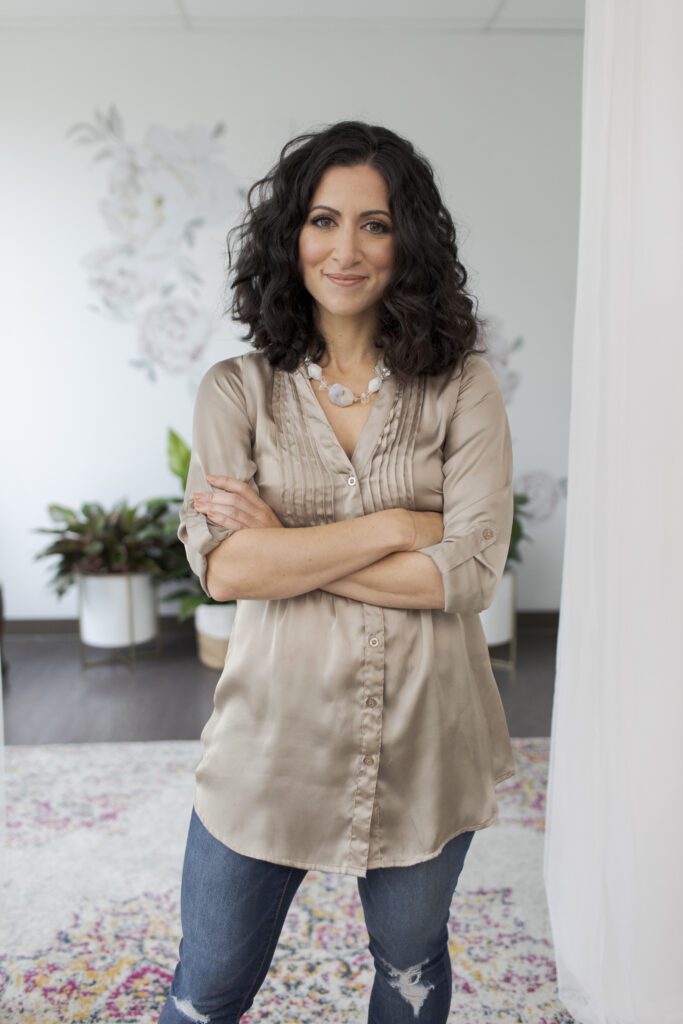

Zoey: What inspired you to curate the REFASH exhibition, and what do you hope to achieve through this initiative?
Barbara Kavchok: The fast-fashion industry’s staggering waste highlights its profound environmental impact. However, the motivation behind creating the ReFash Trashion exhibition goes beyond this. My purpose is to craft wearable art that inspires individuals to embrace their best selves. I believe fast fashion has distorted the true essence of fashion, turning it into a disposable commodity. Fashion should be a medium of self-expression, where wearers embody the art they adorn. When you wear cheaply made, essentially disposable clothing you have no attachment to, it becomes like a cheap poster of a fine art painting. By rejecting cheap, mass-produced clothing, we preserve the integrity of craftsmanship and support independent designers in reclaiming fashion’s true purpose.
Zoey: Could you share some insights into the process of selecting independent designers to participate in the exhibition?
Barbara Kavchok: I sought out established Trashion designers who share my passion for addressing environmental issues and have experience working with non-biodegradable materials. I aimed to showcase a diverse range of aesthetics, some designers opting for subtle incorporation of trash materials, while others embraced a more literal approach. Additionally, each design reflects a futuristic perspective, envisioning fashion for the year 2224.
Zoey: How do you believe the REFASH exhibition addresses the environmental and social impacts of fast fashion?
Barbara Kavchok: I want to attract both fashion enthusiasts and environmentalists. Fashion lovers will discover the perils of fast fashion, while environmentalists will see fashion’s artistic potential and the transformative power of recycling. My goal is to captivate with art and empower with a powerful message.
Zoey: Can you elaborate on the criteria you set for designers in terms of using discarded materials and balancing aesthetics with functionality?
Barbara Kavchok: Each designer was challenged to incorporate a minimum of 50% non-biodegradable materials into their piece, with many opting for a much higher percentage, even up to 100%. Crucially, these creations weren’t just sculptures—they were actual wearable garments. This requirement pushed the boundaries of creativity and sustainability, resulting in pieces that not only make a statement but can also be comfortably worn.
Zoey: What challenges, if any, did you encounter while organizing the REFASH exhibition, and how did you overcome them?
Barbara Kavchok: I can speak to my own challenge when creating my 3 pieces. Ironically, one of my biggest challenges was sourcing enough non-biodegradable materials. In today’s eco-conscious world, most items are recycled rather than stored, making it a hunt to find materials like VHS tapes and old tech that I could disassemble. Gathering these items took considerable time and effort.
Zoey: As a curator, how do you balance promoting creativity and innovation while ensuring the exhibition aligns with ethical considerations?
Barbara Kavchok: Curating this exhibition marked my debut in the role, and I was given full creative freedom by the Banana Factory team to choose this year’s theme. While I can’t pinpoint the exact reason I settled on a Trashion show, I felt a deep conviction that it needed to transcend mere fashion and carry a more profound impact. What drew me to the concept was not just its commentary on the wastefulness of fast fashion, but also its reflection on how fast fashion dilutes the essence and purpose of true fashion.
Zoey: What role do you see events like the People’s Ball playing in promoting art, style, and community engagement?
Barbara Kavchok: The People’s Ball celebrates artistic diversity through fashion, offering the luxury of high fashion to everyone in a swanky event akin to our own Lehigh Valley Met Gala. We aim to make this event a staple in everyone’s calendar, inspiring excitement as people plan their attire months in advance. It’s a celebration where everyone can shine, regardless of background or status.
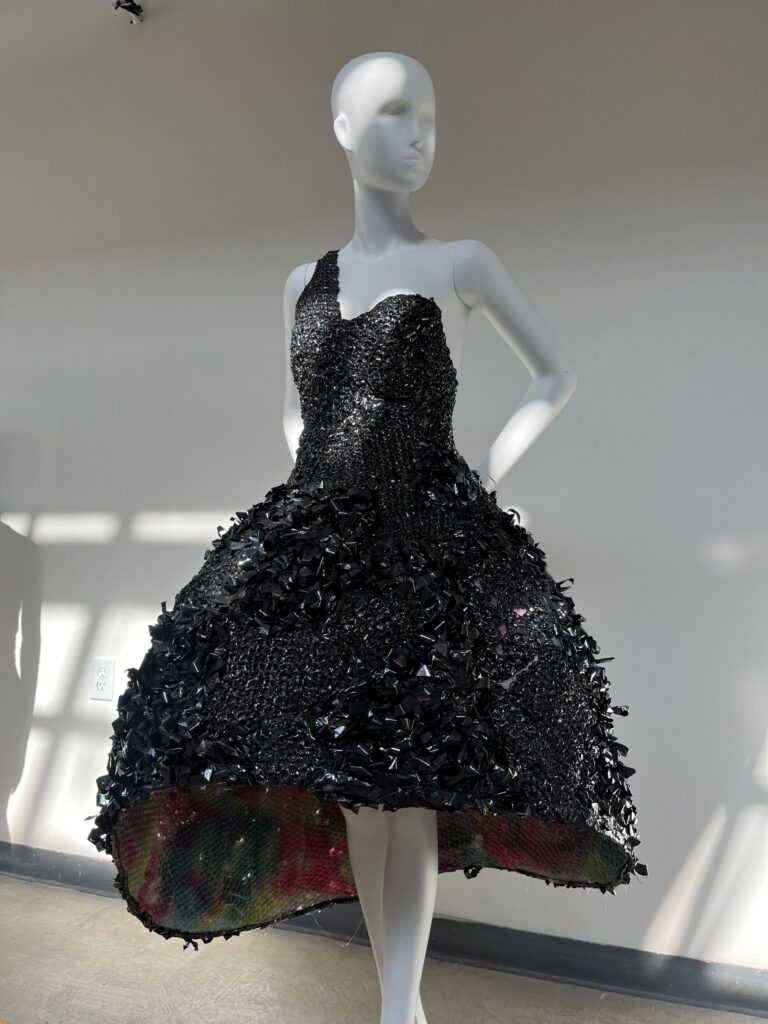

Zoey: How do you envision the REFASH exhibition evolving in the future, and are there any new initiatives or collaborations you’re excited about?
Barbara Kavchok: I would love to continue this exhibition into future years. It’s such an important topic and it’s inspired many people to be more creative by limiting the materials they have to use to create.
Zoey: What advice would you give to aspiring designers or curators who are passionate about promoting sustainability in the fashion industry?
Barbara Kavchok: Start implementing waste-led design systems and Zero-waste techniques all with an emphasis on slow fashion. Do your research on the vendors you use!
Zoey: Can you share any memorable moments or experiences from past exhibitions that have resonated with you?
Barbara Kavchok: My solo fashion exhibition at the Banana Factory last year was a monumental moment for me. Immersing myself in creating that body of work reignited my passion as a fashion designer. Since then, my bridal design label has undergone a transformation, infused with fresh inspiration and new creative energy.
Beyond showcasing innovative fashion pieces, ReFash fosters community engagement through events like the People’s Ball. This inclusive celebration invites individuals from all backgrounds to participate in the exhibition, promoting artistic diversity and style. By highlighting the value of sustainability through the lens of fashion, ReFash sparks conversations about consumerism, waste, and the role of art in driving social change.
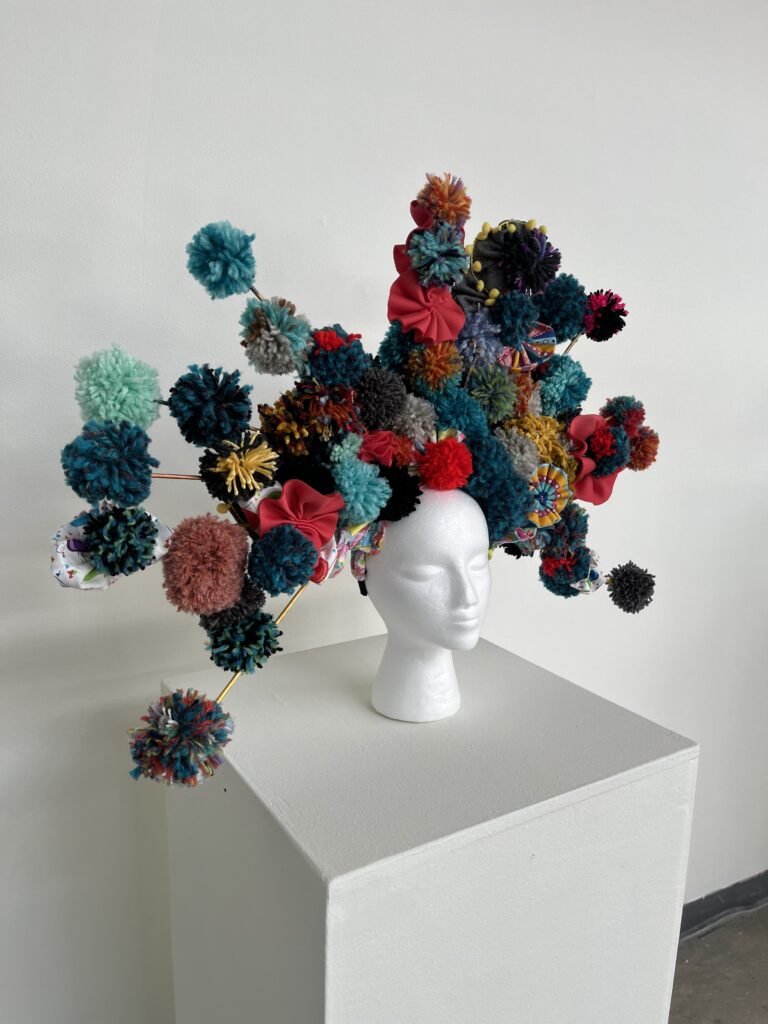

Lisa Harms, Senior Director of Visual Arts and Education at ArtsQuest, underscores the exhibition’s alignment with the organization’s mission of community engagement. Through collaborations with local and international artists, ReFash creates a dynamic environment for dialogue and exploration. From school visits to interactive workshops, the exhibition aims to educate and inspire audiences of all ages.
As ReFash continues to evolve, Barbara Kavchok envisions future iterations of the exhibition pushing the boundaries of creativity and sustainability even further. By promoting waste-led design systems and zero-waste techniques, she hopes to inspire aspiring designers and curators to embrace slow fashion and ethical practices.
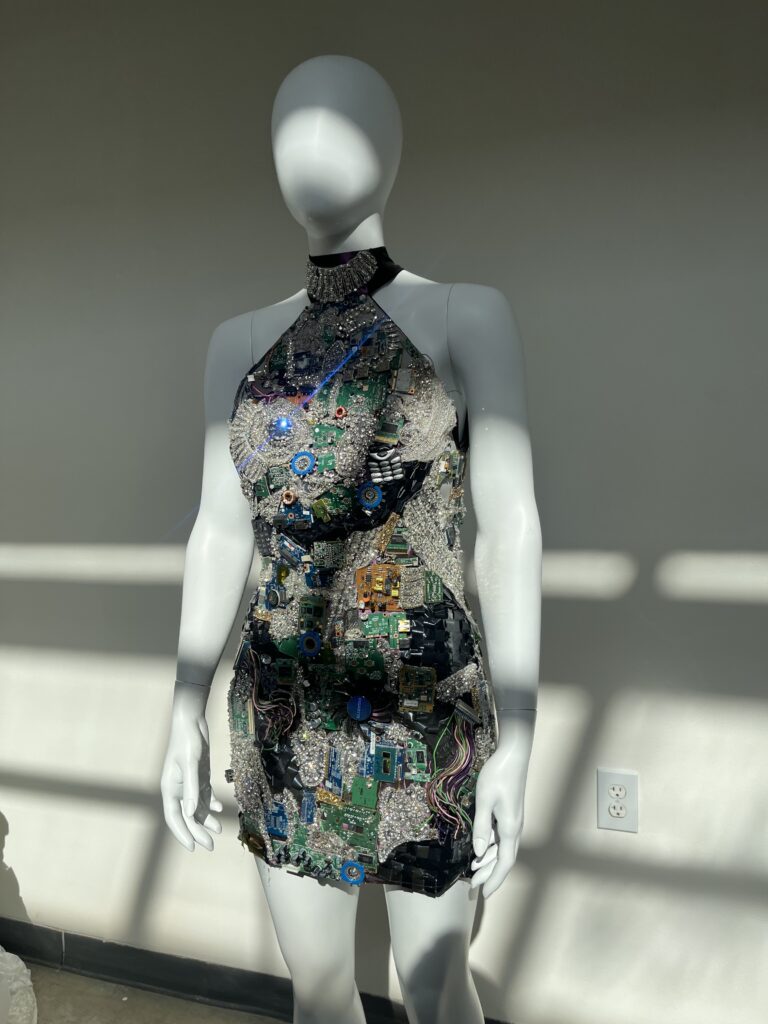

Through memorable experiences and transformative artworks, ReFash leaves a lasting impression on visitors, challenging them to rethink their relationship with fashion and the planet.
In conclusion, ReFash is more than just an exhibition—it’s a call to action for the fashion industry to prioritize sustainability, creativity, and ethical considerations. By reclaiming fashion as a medium of self-expression and environmental stewardship, ReFash paves the way for a more conscious and compassionate future.
Photos by ArtsQuest





